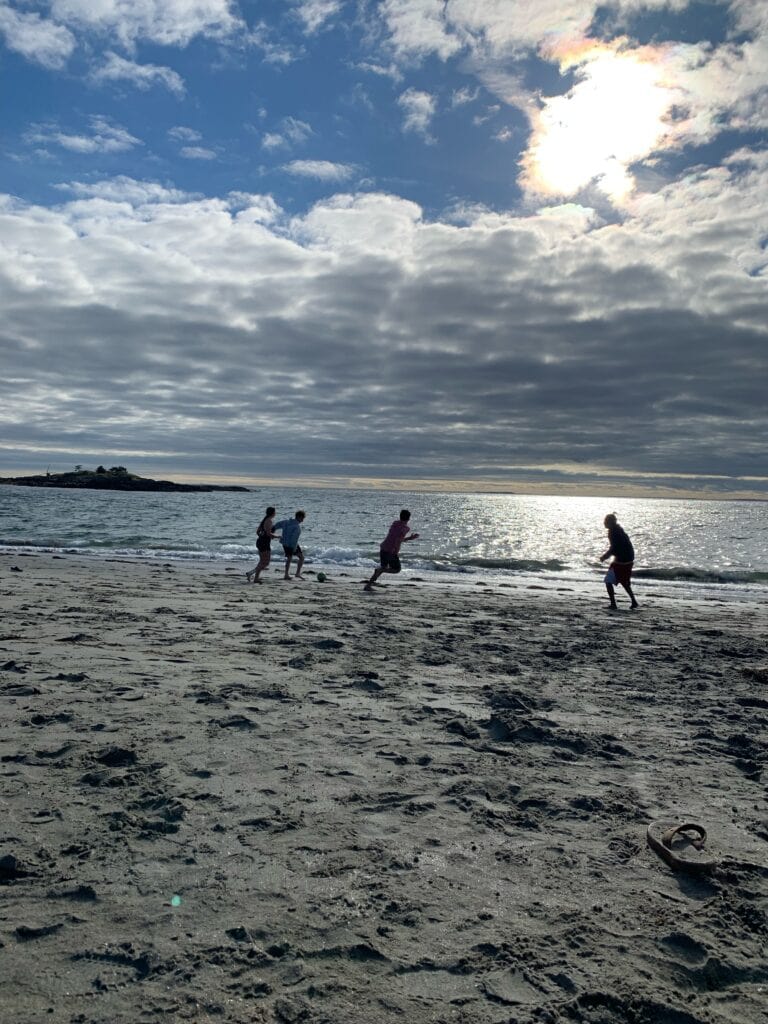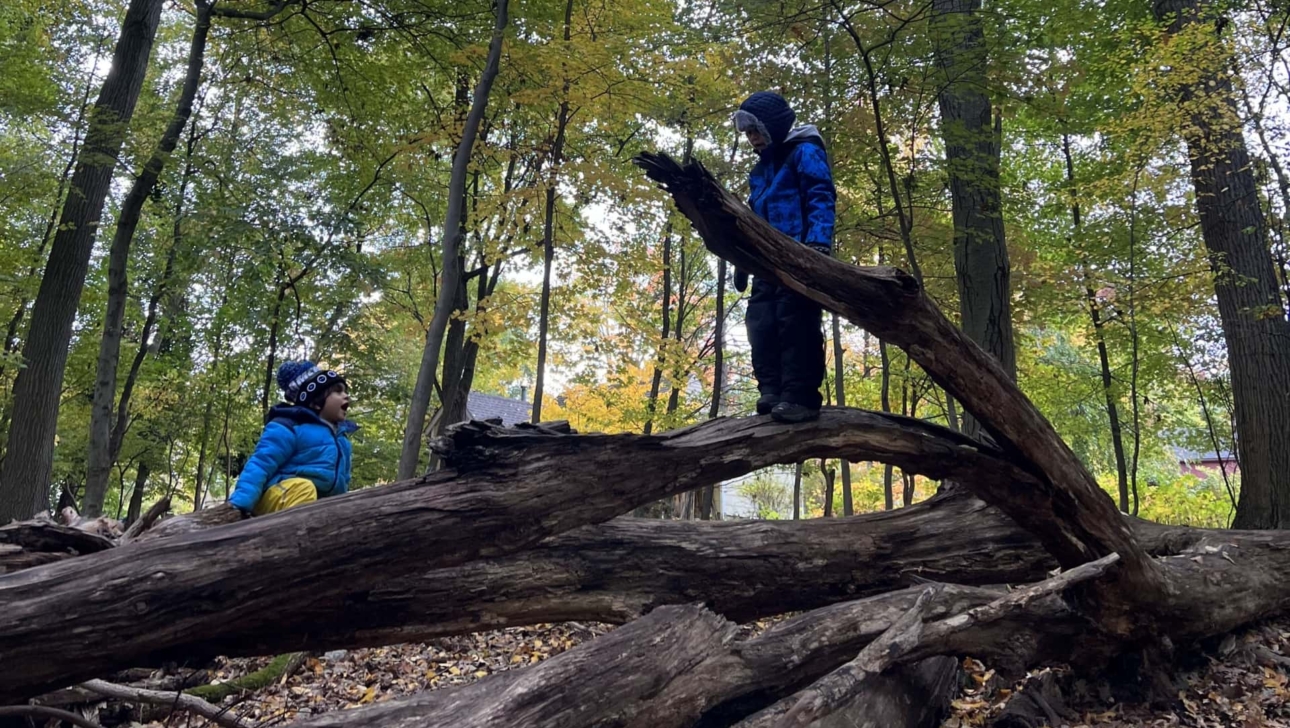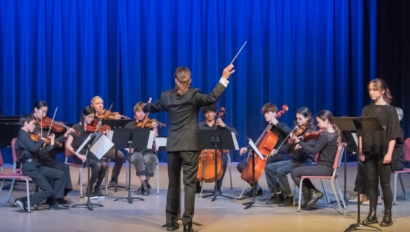Nature Deficit Disorder is a term coined by Richard Louv, author of the book “Last Child in the Woods: Saving Our Children From Nature Deficit Disorder.” The term refers to the negative consequences that can arise when human beings spend too little time outdoors in natural environments.
“As young people spend less of their lives in natural surroundings, their senses narrow, both physiologically and psychologically.” Richard Louv
An ever growing body of research suggests that limited time in nature contributes to a diminished use and integration of the senses, attention and learning difficulties, and compromised physical and emotional health. Furthermore, research also suggests that the nature-deficit weakens ecological literacy and stewardship of the natural world, as well as contributes to what health care experts call the “epidemic of inactivity.”
Experts have also linked the compromised capacity to develop prosocial skills to reduced time in nature. Prosociality among children is characterized by the presence of positive interactions, such as sharing, helping, cooperating, and comforting (Hay, 1994; Dunfield, 2014; Hammond et al., 2015; Piotrowski et al., 2015; Wittek and Bekkers, 2015). Dr. Ming Kuo, Ph.D., an associate professor at the University of Illinois has shown through her research that access to green space decreases aggression and attention deficit hyperactivity disorder symptoms, and boosts the immune system.
At Green Meadow Waldorf School, we have developed an intentional, thoughtful, and systematic approach to offering each of our students time and space in nature every single day.
In addition to daily time for outdoor play, all of our preschool and kindergarten classes spend time in the school’s Children’s Garden, where they tend to chickens and bunnies, and participate in growing food, creating meaningful experiences of joyful collaboration and purposeful work. Moreover, our Farm and Forest Kindergartens offer nature based educational experiences, where students spend most of their time outside.
Our lower and middle school students enjoy as many as 4 daily periods of outdoor movement and free play on any given day. Classes also collaborate in our gardens and farm consistently, and they go on class trips where camping, kayaking, climbing and hiking are enjoyed and shared.
In our high school, students spend free time outdoors daily, and they engage in nature exploration from a new perspective, integrating and developing new scientific understandings from observation and experimentation. Curricular trips enhance and deepen these explorations, as well as promoting a sense of camaraderie and belonging in our students.

Being in nature fosters increased physical activity, a relaxing mood, increased concentration, and promotes overall physical health. When our students spend time outside -playing, working, learning, or sharing a meal together- they enter into a space of openness and cooperation, where social interactions become second nature and are practiced free of competition and rushed immediacy to produce results.
Rebecca Hershberg, Ph.D., a psychologist who specializes in early childhood social-emotional development and mental health affirms: “We now know, not just intellectually but based on recent lived experience, that not all activities are created equal when it comes to enhancing our children’s mood and behavior. Prioritizing time in nature, exercise, and even some unstructured downtime is analogous to prioritizing our children’s mental health, which is more important now than ever.”
Throughout their time at Green Meadow, young human beings benefit from a beautiful, carefully cared for, forested campus, where healthy life and friendships unfold organically. Our primary goal as educators is to safeguard and promote good mental and physical health for our students, teachers, and staff, and time in nature is our best ally on this endeavor.



